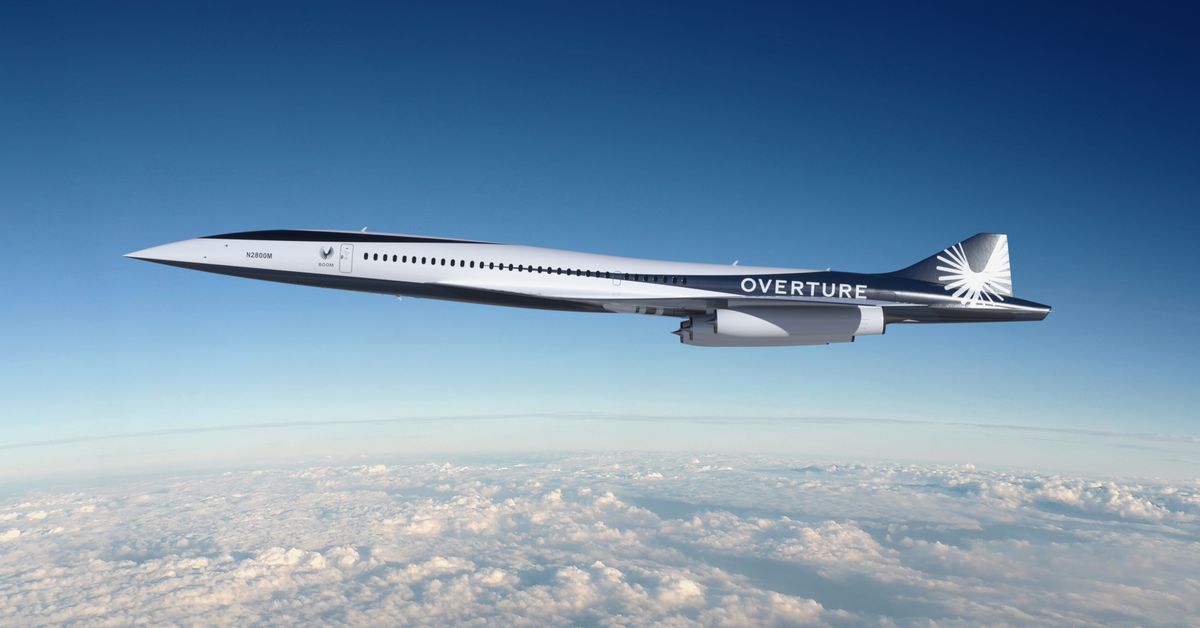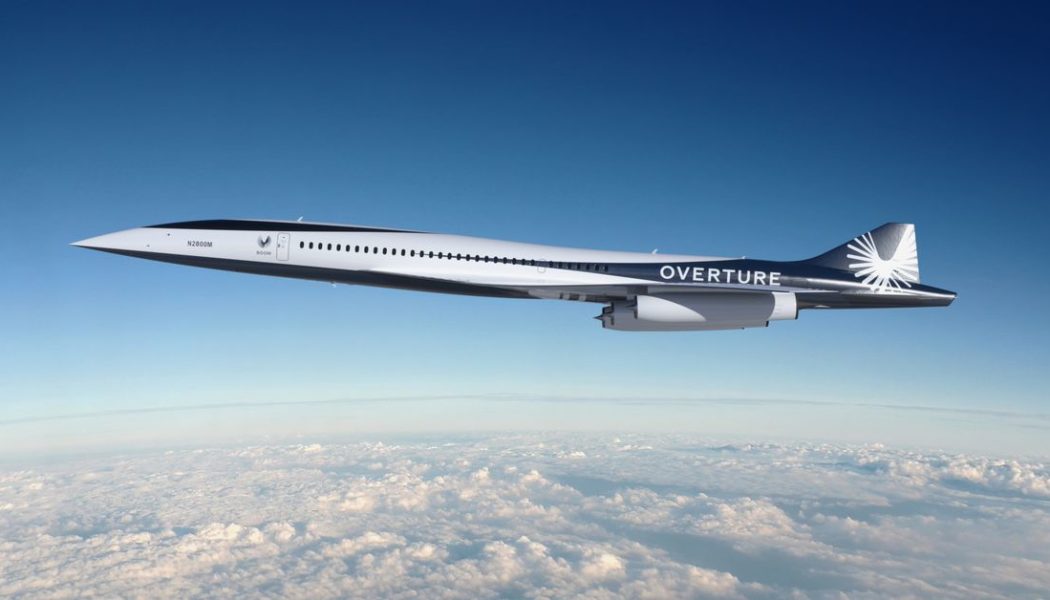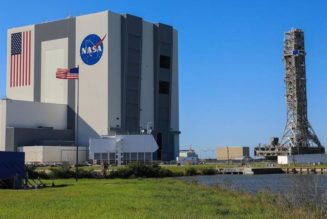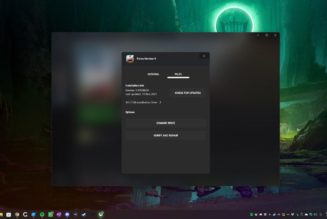
American Airlines announced Tuesday that it has placed an order for up to 20 supersonic aircraft from Boom Supersonic, with an option for an additional 40 jets. American is the second major airline to bet on the return of ultra-fast air travel in just two years.
The amount of money exchanging hands was not disclosed, but American said the deposit on the 20 initial aircraft was nonrefundable. That agreement, though, is still subject to change depending on the outcome of American’s safety testing and also Boom’s ability to deliver on its promises despite never having built or flown a full-scale supersonic jet before.
According to American, “Boom must meet industry-standard operating, performance and safety requirements as well as American’s other customary conditions before delivery of any Overtures.”
If Boom’s Overture jets pass inspection, the plan is for them to be rolled out in 2025, fly in 2026, and are expected to carry passengers by 2029. At that point, Boom claims its supersonic jets will eventually be able to travel from New York to London (normally a seven-hour flight) in just 3.5 hours or Los Angeles to Sydney (typically a 15-hour trip) in six hours and 45 minutes. Boom has said that tickets could cost as much as $5,000 per seat, but American didn’t reveal any information about pricing.
It’s the latest deal for Boom, the Colorado-based startup that has been focused on resurrecting commercial supersonic air travel, which has been moribund since Concorde went out of business in the early 2000s.
In addition to American, the company has a deal to deliver 15 jets to United Airlines, with the option for an additional 35 aircraft depending on safety testing. Boom also has contracts or memorandum of understanding with Rolls-Royce and the US Air Force. The company has raised $270 million in funding and fielded preorders from Virgin Group (which is also working on its own supersonic jet) and Japan Airlines.
Last July, Boom revealed its updated design for its Overture aircraft, including an extra engine, a contoured fuselage, and gull wings. The full-scale Overture will be 205 feet long, have a cruising altitude of 60,000 feet, and achieve speeds of Mach 1.7.
Boom has said the jets will be “net-zero carbon” and optimized to run on 100 percent sustainable aviation fuel. But so far, the company has yet to provide additional details about what kinds of fuel they would be using or how they would achieve net-zero carbon emissions.
Environmental groups are worried that faster speeds will equate to more pollution. The global aviation industry produces around 2 percent of all human-induced CO2 emissions, but supersonic jets are known to be far more polluting. Boom says it will be carbon neutral as a goal, but simply put, it takes more fuel to go faster.
Boom is behind schedule with its XB-1 demonstrator, having promised to begin test flights by 2017 in the hopes of ferrying real passengers in 2020. The demonstrator recently entered taxi testing at Centennial Airport and is expected to fly for the first time this year, the company said. Boom is also testing new technologies that could muffle the sonic boom that occurs when a supersonic airplane breaks the sound barrier.
Update August 16th, 4:39PM ET: Boom Supersonic raised $270 million in investment cash, not $240 million. Also, the company’s XB-1 demonstrator is behind schedule, not the Overture aircraft. A previous version of this story misstated these facts. We regret the error.









